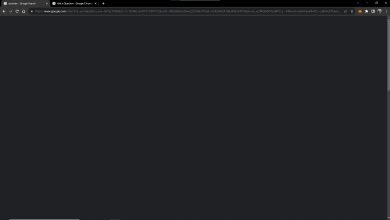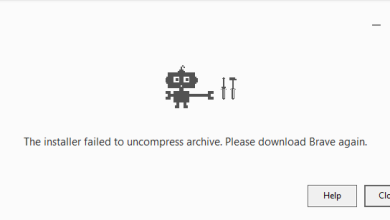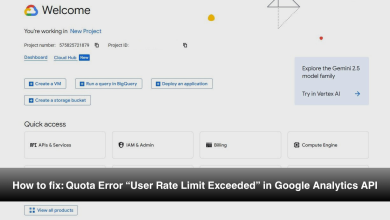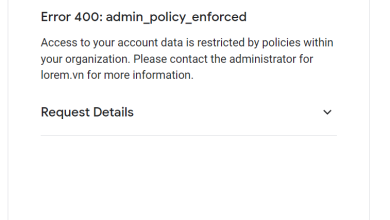How to Fix “reCAPTCHA Verification Failed” in Chrome
When reCAPTCHA doesn’t work in Google Chrome, users might see a never-ending loading icon or a “reCAPTCHA verification failed” message. This means Chrome can’t verify that a real person is using the browser, often because of browser problems. The main issue is using an old version of Chrome, but other causes can be conflicting extensions, a corrupted cache, or messed-up browser settings.
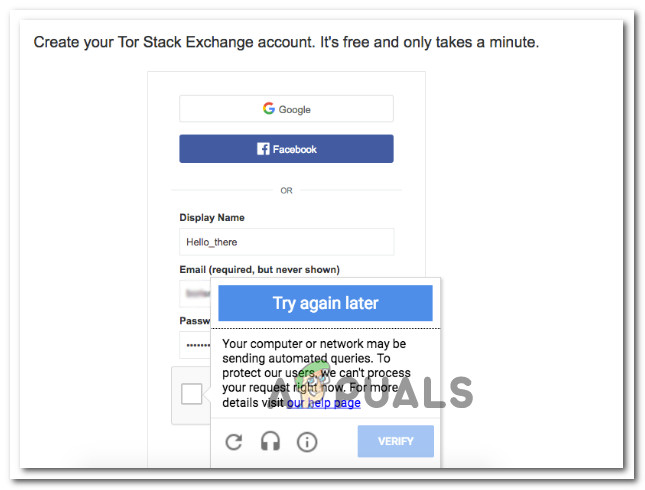
Antivirus software and VPNs can also cause problems.
In this article, we will discuss different ways to solve this error.
1. Update Chrome to the Latest Version
Outdated Chrome versions can cause reCAPTCHA issues. Updating to the latest version ensures compatibility and includes necessary fixes. Some problems may be due to a Chrome bug addressed in newer versions. Ensure your browser is updated.
- Open Google Chrome, click the three-dot icon in the top-right corner, and go to Help > About Google Chrome.

- Chrome will check for updates. If one is available, you’ll be prompted to install it.

Update Google Chrome - Restart the browser and go back to the reCAPTCHA window to see if the issue is resolved.
2. Create a New Chrome Browser Profile
Creating a new Chrome profile resets it to default settings, removing customizations and conflicts. This helps identify if specific user data, like extensions or cache, is causing issues without affecting your main profile.
- Close Google Chrome completely, ensuring it’s not running in the system tray.
- Open Windows Explorer (Windows key + E) and paste this into the address bar, then press Enter:
%LOCALAPPDATA%\Google\Chrome\User Data\
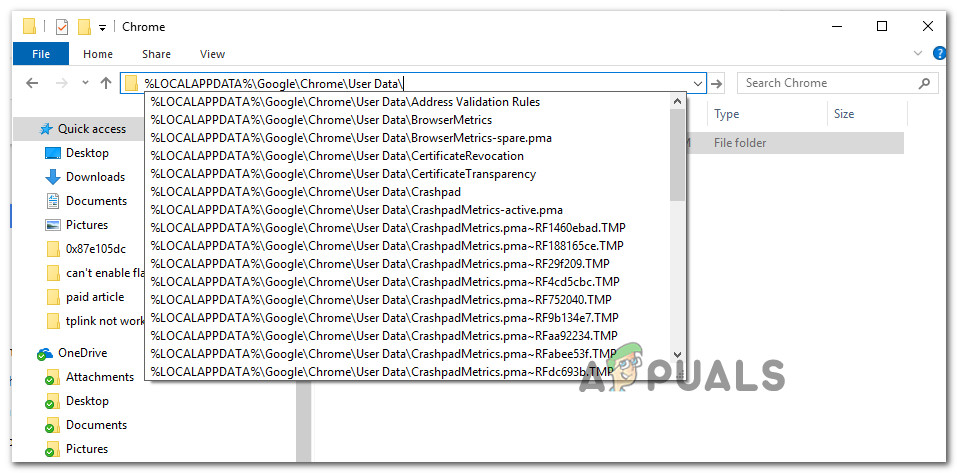
Navigating to the location of the browser profile - In the User Data folder, right-click on “Default,” select Rename, and change it to “Backup Default.” This lets Chrome create a new Default folder on restart, making a new profile.
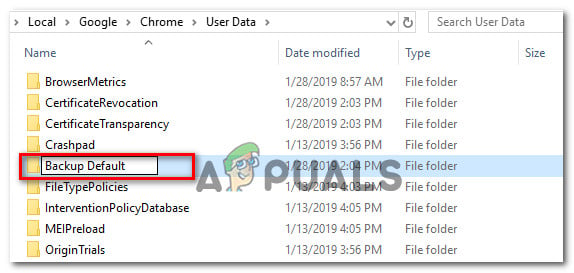
Renaming the Default folder - Reopen Google Chrome, create a new profile, and go to a reCAPTCHA page to check if the issue is fixed.
3. Disable the VPN or Proxy Service
If you’re using a VPN or proxy, it may interfere with reCAPTCHA by hiding your real IP address, making your activity look odd or automated. Turning off these services allows a direct connection, making it easier for reCAPTCHA to confirm real users.
4. Reset IP Address
Refreshing your IP address can fix network problems that stop reCAPTCHA from working. This renews your internet connection and may solve any temporary issues with your IP that affect reCAPTCHA. It’s a fast way to fix network errors without changing other settings.
- Press Windows key + R, type “cmd“, and press Ctrl + Shift + Enter to open Command Prompt as an administrator. Click Yes when the UAC prompts.

Opening Command Prompt via Run dialog box - In Command Prompt, type these commands and press Enter after each to reset your IP:
netsh winsock reset netsh int ip reset ipconfig /release ipconfig /renew
- After executing all commands, reopen Google Chrome to check if reCAPTCHA works.
5. Scan the System with Malwarebytes
Running a Malwarebytes scan can find harmful software affecting reCAPTCHA. Removing these threats helps your browser and reCAPTCHA work properly.
- Start by running a Malwarebytes scan to remove malware.

Malwarebytes – Windows 10
6. Reinstall Chrome
If nothing else works, reinstalling Chrome might fix the problem. This clears any issues from corrupted files or settings that might block reCAPTCHA, giving you a fresh setup.
- Press Windows key + R, type “appwiz.cpl,” and hit Enter to open Programs and Features.

Type appwiz.cpl and Press Enter to Open Installed Programs List - In Programs and Features, find Google Chrome, right-click, select Uninstall, and follow the steps to remove it.

Uninstalling Chrome - Restart your computer.
- Using another browser, go to this link to download and reinstall the latest Chrome version.

Downloading Latest Chrome
